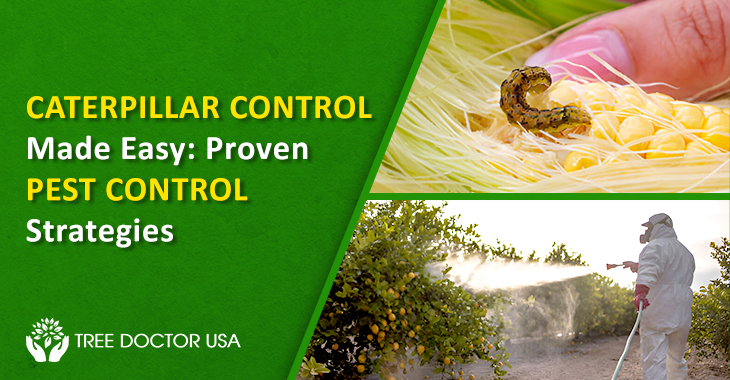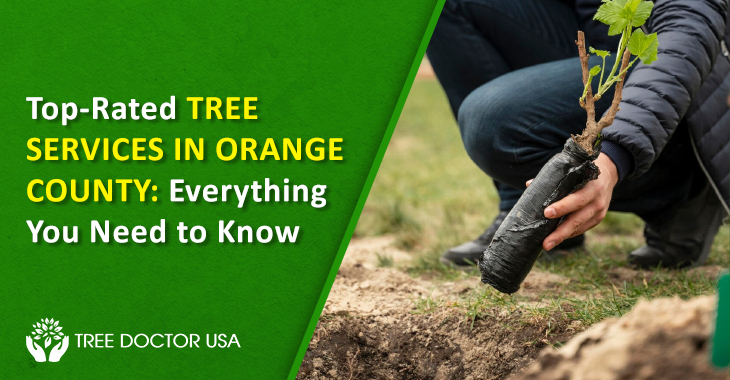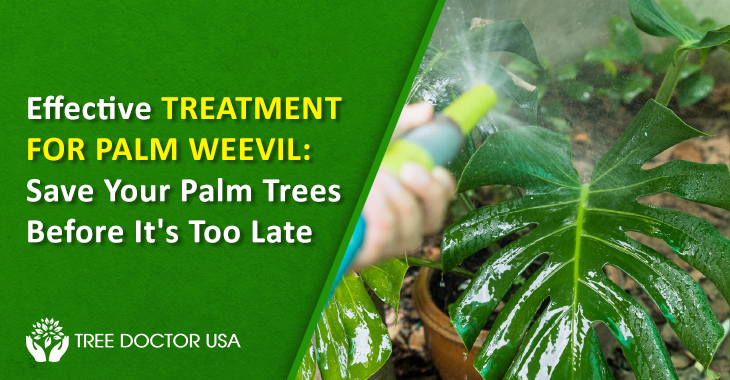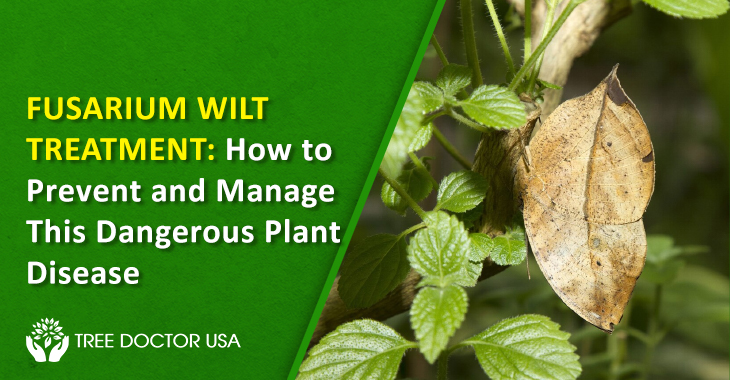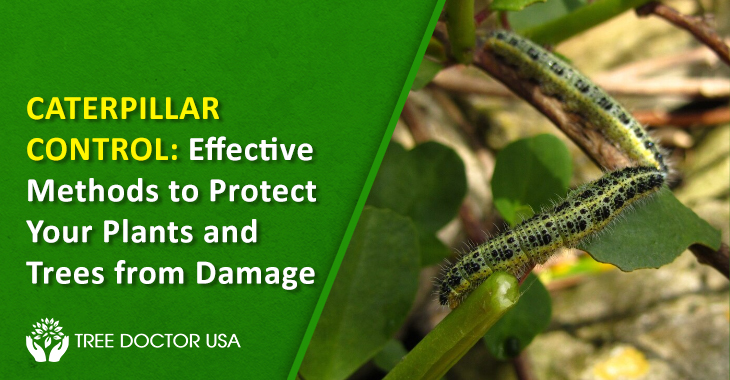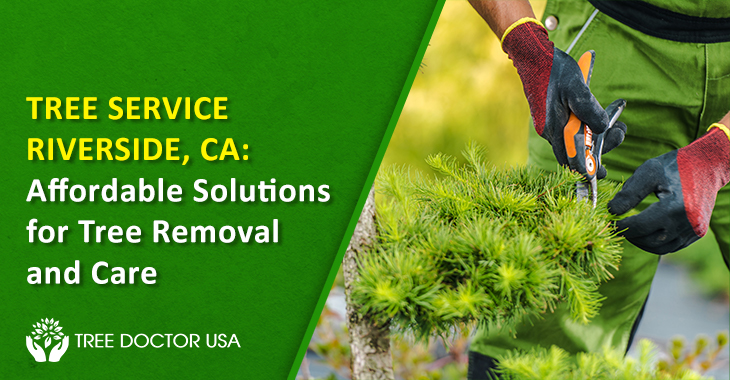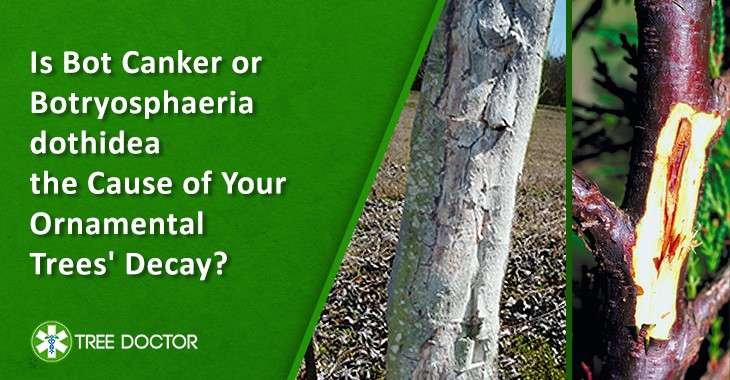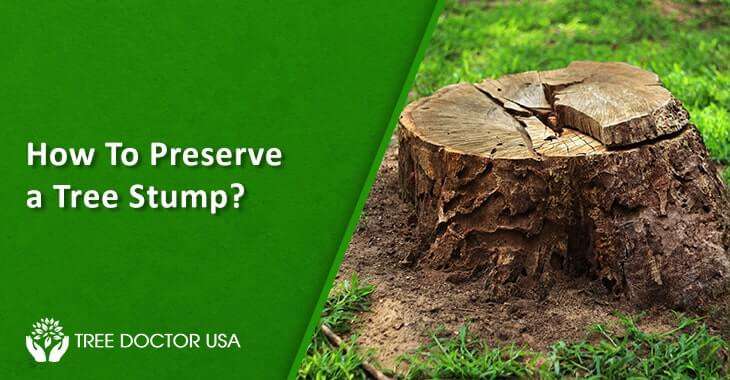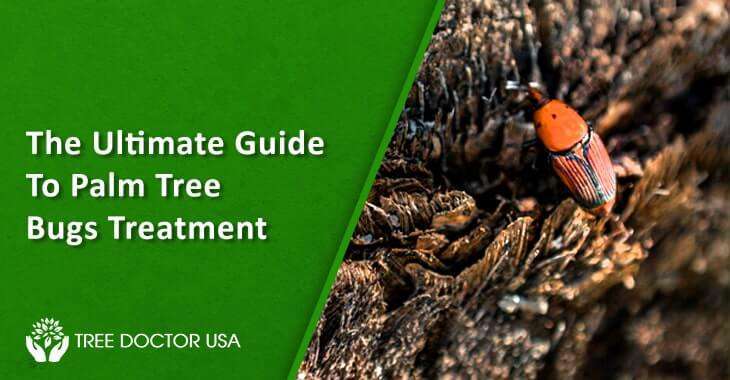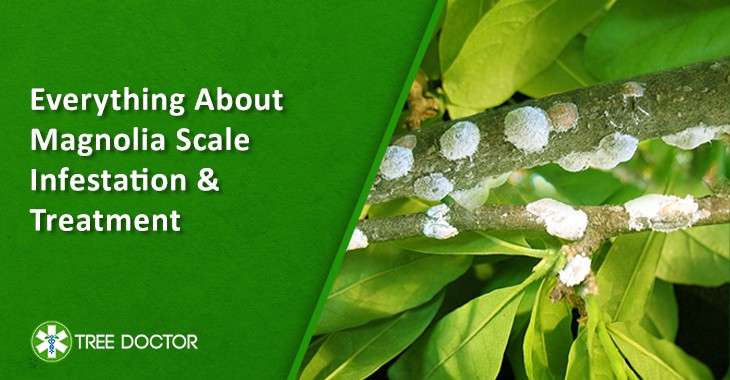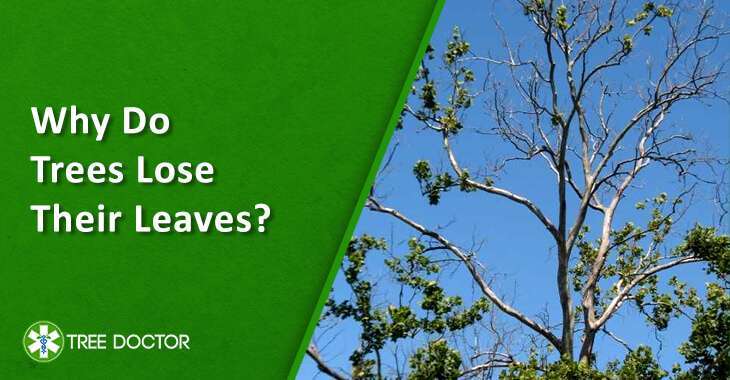Caterpillar Control Made Easy: Proven Pest Control Strategies
Caterpillar pest control is essential for anyone passionate about their garden or farm. Caterpillars are little creatures that might look harmless but can damage your plants irreversibly. They start by eating leaves and move on to damaging crops. It eventually led to poor harvests and deteriorated plants. Caterpillars are babies of butterflies and moths and represent their larval stage. During this stage, they got only two jobs. One is eating and the other is growing. And their presence on leaves can be a big problem for your garden. Species of caterpillars like gypsy moths and tent caterpillars are famous for their enormous appetite. They cause heavy damage at a rapid pace.
Caterpillars start by eating leaves and move on to damaging crops. It eventually led to poor harvests and deteriorated plants. But how can you decide that your comfort place, the garden, is at risk from monstrous caterpillars? Well, you can see holes in leaves and many small black droppings. If you notice these signs, it confirms that caterpillars are at work. Spotting these signs early can assist you in taking action before they entirely eat your garden.
Learning how to keep pesky caterpillars in check can make a huge difference. It can be a table-turner in your gardening success and keep your greens healthy. Check our blog today and present your plants with the care they deserve! Check it out now and make your garden a no-caterpillar zone!
1. Keep Your Garden Clean
A tidy garden is a strong defense against pests. Each leaf and piece of debris is a possible hub for caterpillars. Here, they can easily hide and thrive unnoticed.
- Regular Cleaning: Make it a routine to clear out dust, leaves and debris. This routine ensures that caterpillars lose their hiding spots and breeding grounds.
- Disrupt Life Cycles: Removing these elements from your garden regularly disrupts the life cycle of caterpillars. This practice makes your plants less vulnerable.
2. Plant-Resistant Varieties for Effective Caterpillar Pest Control
The selection of resistant varieties is a game-changer move against caterpillars. Some plants have their own set of protection actions. They can use these defense patterns to repel these pests naturally.
- Natural Defenses: Certain plants have tough leaves or produce chemicals that caterpillars find unappealing. These natural features keep the pests at bay. These defense mechanisms enhance your caterpillar pest control efforts.
- Smart Planting: Go with varieties known for their resistance to pests. This strategy not only reduces the likelihood of infestations. It also saves you from the hassle of frequent pest control.
3.Monitor Regularly
Regular checking sessions of the garden are also important. This way, you can monitor every good or bad activity in your garden.
- Look for Damage: Look out for nibbled leaves or tiny caterpillars. These are clear warning signs that caterpillars have begun their destructive activities.
- Early Detection: Finding caterpillars early helps eradicate them on time. It prevents a minor issue from becoming a big problem.
4. Encourage Natural Predators
Welcoming birds and beneficial insects into your garden is like employing a team of expert pest controllers. The bonus point is they work for free and around the clock.
- Plant Native Species: Native species naturally control caterpillar populations. These plants provide food and shelter for local wildlife. These species include ladybugs and birds that feed on caterpillars. Plant them in your garden so that they can fight those notorious caterpillars on your behalf.
- Provide Water Sources: Adding elements such as birdbaths and small ponds makes your garden a more attractive and frequent stop for birds and insects. These visitors not only add beauty to your space. They also play a vital part in killing and controlling pests. Birds, for example, are great natural predators of caterpillars.
5. Use Biological Insecticides
When dealing with severe caterpillar infestations, find an effective and gentle solution. Bacillus thuringiensis is commonly known as Bt, and it is an excellent choice for this.
- What is Bt? It is a potent and naturally occurring bacterium. This biological warrior is abundant in soil, and it produces proteins that are toxic to caterpillar’s larvae
- Targeted Action: This biological insecticide specifically targets caterpillar populations. When caterpillars establish contact with Bt-treated plants, the toxin starts releasing. It disrupts their digestive systems and causes them to stop eating and eventually die.
To use Bt effectively:
- Apply Thoughtfully: Spray or sprinkle Bt on affected plants. Splash on areas where you notice the most amount of caterpillar activity. Apply it excessively on the undersides of leaves because it is the hub of caterpillars.
- Timing is Key: The best time to apply for BT is during the cooler times of the day. You can carry out its application in the early morning or late evening.
6. Integrated Pest Management (IPM)
Integrated Pest Management, or IPM, is another reliable technique for controlling caterpillar pests. It helps maintain pests like caterpillars without excessive chemical usage. This strategy includes robust, sustainable, impactful methods to fight caterpillars and their devastating impact.
Key Components of IPM
- Identification: Knowing what kind of caterpillar you are dealing with is crucial. Correct identification helps you choose the best and most tailored control methods.
- Prevention: This is the most critical line of defense in IPM. Keep your garden healthy and monitor it regularly. It will help prevent caterpillar infestations even before they start.
- Control: It includes using biological, physical, and chemical methods. Biological controls majorly include using natural predators. Physical controls consist of solid barriers to protect plants. Chemical controls are used in IPM as a last resort.
Innovative and Emerging Techniques in Caterpillar Control
- Pheromone Traps: These traps have a notable spot in the caterpillar pest control. Scientists are becoming more interested in using caterpillar’s biology against them. Pheromone traps utilize chemicals that caterpillars produce to attract each other. They throw them into a space where they can be captured easily. This strategy works wonders for trapping caterpillars. It is practical, innovative, non-toxic and safe for the environment.
- Genetic Modification: The principle of genetic science is under investigation to develop species naturally resistant to pests. These genetically modified plants will have the capacity to kill and prevent caterpillars without chemical pesticides. This technique helps reduce chemical use in agriculture and strengthen the ecological balance.
Future Trends in Pest Control Technologies
Looking ahead, the future of caterpillar pest control is indeed bright and full of potential. Technology continues to evolve and it is offering new solutions that can revolutionize how we manage garden pests.
- Biological Control Advances: Future technologies may include advanced biological controls. We can anticipate natural predators are enhanced through science to be more effective against caterpillars.
- Smart Monitoring Systems: We will have sensors and AI-driven monitors in the gardens. They will have caliber to detect pest activity and adjust conditions to prevent infestations automatically.
Final words
Are you all excited to protect your garden from pesky caterpillars? By staying vigilant and implementing the best caterpillar pest control techniques outlined in our guide, you’re setting yourself up for success. Keep your garden clean and do not forget to introduce natural predators.
And yes, don’t shy away from solutions like pheromone traps and genetic modifications. With these tools in hand, you’ll watch your garden prosper. It will be free from the damage these little beasts can cause.
Follow all or most favorable strategies we added in this blog post to start your journey toward a caterpillar-free garden today. Let’s give your garden the protection it deserves and keep those monsters we mean caterpillars at bay!
Keep your garden thriving and caterpillar-free with Tree Doctor USA! Trust the experts to provide top-notch caterpillar pest control solutions tailored to your needs. Reach out today for a healthier, more beautiful garden!

